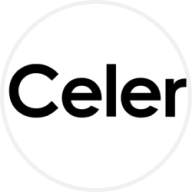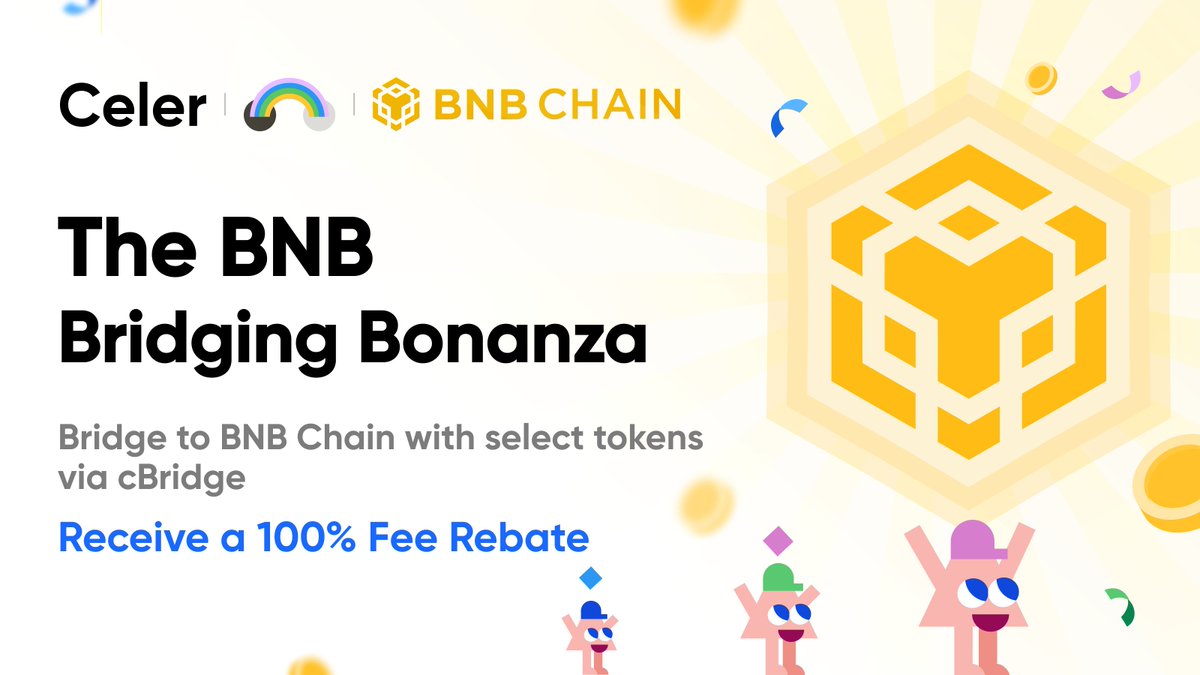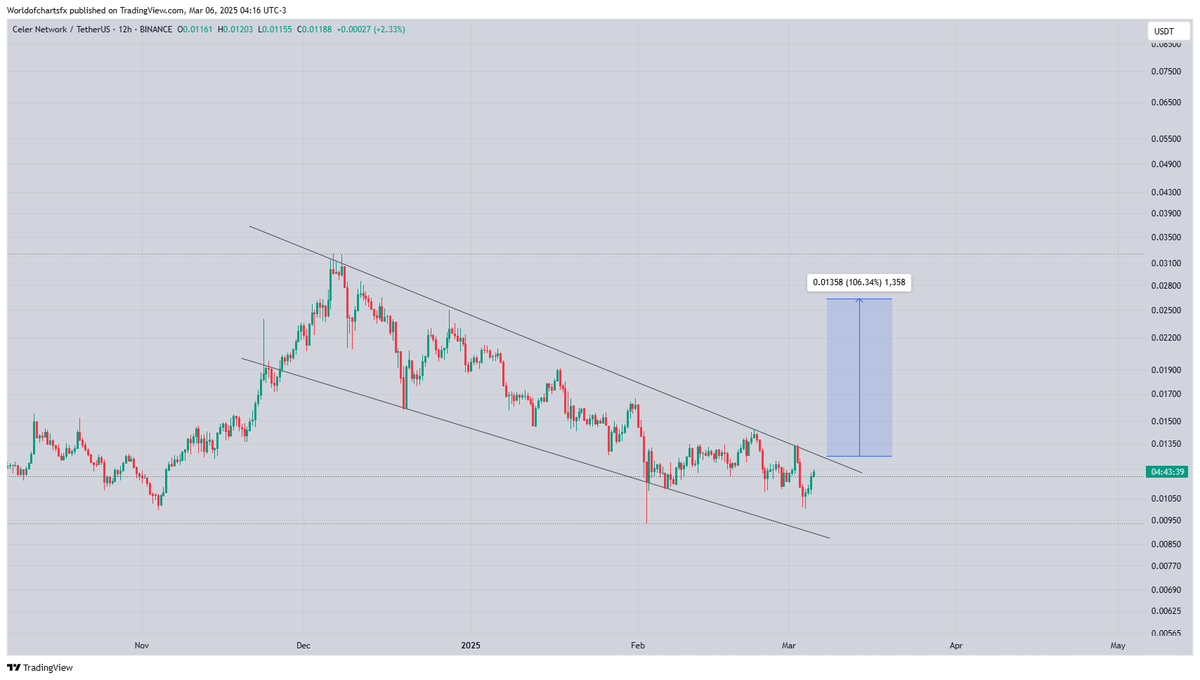Celer Network é uma solução de Camada 2 que fornece aplicações blockchain rápidas, seguras e acessíveis em blockchains como Ethereum e Polkadot. CELR é o nome e o símbolo do token nativo do projeto.
A arquitetura central do projeto depende de três elementos:
- cOS: a principal estrutura de desenvolvimento.
- cRoute: Um sistema de roteamento totalmente descentralizado de múltiplas cadeias e camadas que permite maior capacidade de operações.
- cChannel: a camada inferior da rede que permite transações tranquilas dentro do ecossistema.
Como uma verdadeira plataforma de Camada 2, a segurança da Celer depende da blockchain de Camada 1. Um dos recursos críticos do ecossistema Celer é Layer2.finance, que aborda descentralizadas finanças (DeFi) desafios mais significativos de fornecer aos seus usuários fácil acessibilidade e taxas de transação significativamente mais baixas.
Há também uma ponte de ativos de camada cruzada multicadeia chamada cBridge, que permite transferências de valor instantâneas e sem confiança de qualquer para qualquer dentro e entre as cadeias de camada 2 do Ethereum a um custo baixo. A plataforma de código aberto da Celer, com um conjunto completo de SDKs e aluguel baixo, permite que os desenvolvedores construam rapidamente e experimentem projetos.
Três componentes fortemente acoplados constroem a chamada "cEconomia" e são os seguintes:
- Rede de Guardiões do Estado (SGN): os usuários podem apostar o CELR na Rede de Guardiões do Estado para realizar determinadas operações de governança.
- Prova de Compromisso de Liquidez (PoLC): CELR pode ser usado para manter o pool de liquidez como prova de compromisso de liquidez, um processo de mineração virtual.
- Leilão de garantia de liquidez (LiBA): os provedores de serviços fora da rede podem aumentar a liquidez por meio de crowdlending.
Os tokens CELR também podem ser usados para pagar taxas de serviço e transação para serviços fora da rede. Em 7 de julho de 2019, a Celer Network lançou sua mainnet alfa, Cygnus, a primeira rede de canais estaduais generalizada.
A plataforma combina State Channel e Layer-2 Rollup para permitir vários aplicativos como DeFi (layer2.finance), micropagamento e jogos. Além da mainnet alfa, a Celer já lançou com sucesso duas testnets: Centauri com cWallet em outubro de 2018 e Sirius com CelerX em fevereiro de 2019.
Preço CELR e economia de tokens
CELR tem um fornecimento máximo de 10 bilhões de tokens. O fornecimento circulante da CELR é distribuído da seguinte forma:
- 11,5% foram alocados para vendas de sementes.
- 15,5% foram destinados a vendas privadas.
- 6 por cento do CELR foi destinado à venda da plataforma de lançamento.
- 18,3% foram alocados para a equipe.
- 1,7% foi reservado para consultores.
- 17 por cento para a fundação.
- 5% para marketing e ecossistema.
- 25% foram reservados para recompensas de mineração.
O modelo de economia CELR é um sistema de staking que fornece segurança, liquidez e conectividade suave para a plataforma. O preço do CELR depende naturalmente do desempenho da plataforma e de quanto o CELR está apostado. Suas parcerias também influenciam as paradas do CELR.
Sobre os fundadores
A Celer Network foi fundada em 2018 por uma equipe de engenheiros altamente qualificados, cada um com doutorado. em Ciência da Computação por instituições renomadas como a Universidade da Califórnia, Berkeley (UC Berkeley) e o Instituto de Tecnologia de Massachusetts (MIT).
A equipe da rede Celer inclui Mo Dong, Junda Liu, Xiaozhou Li e Qingkai Liang. Mo Dong completou seu doutorado. em ciência da computação e trabalhou em funções técnicas em diferentes empresas antes de fundar a Celer Network e a CelerX.
Liang, o outro cofundador da CelerX, concluiu seu doutorado. em aprendizado de máquina e redes de computadores. Liu tem um Ph.D. em redes de computadores e trabalhou em cargos de engenharia no Google por mais de seis anos.
Celer formou parcerias com nomes conhecidos, como Polkadot, StarkWare e Automata, e parcerias estratégicas com Pantera, DHVC, Stable, BlockVC, Matrix, Fenbushi Capital e muito mais.
























